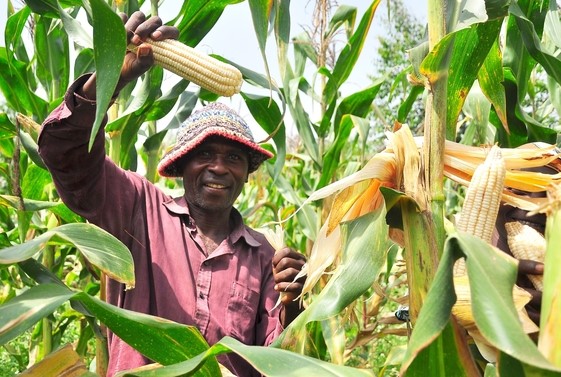The start of harvests in April or May 2023 will improve access and availability of staple and other food crops across the Lesotho.
According to Famine and Early Warning Systems (FEWS NET), while the cost of maize meal in Lesotho has increased by nearly 13 percent between November and December 2022, wheat flour and sunflower oil prices remained relatively stable.
“Compared to the five-year average, prices of maize meal, wheat flour, and sunflower oil were 46, 41, and 96 percent higher than the five-year average. Year-on-year increases of 26, 16, and 46 percent for the cost of maize meal, wheat flour, and sunflower seed oil, respectively, were reported in December,” FEWS NET said.
“Elevated food prices combined with reduced income levels are reducing households purchasing power, thereby limiting household access to food. Annual inflation has dropped for the third consecutive month, with a modest decrease from 8.1 percent in November to 8 percent in December.
“Nonetheless, the December 2022 inflation rate is higher than the December 2021 rate of 6.8 percent. According to the National Bureau of Statistics, food inflation in December continues to be high, 10.4 percent, up from 10.2 percent in November.”
FEWS NET added the 2022/23 agricultural season in Lesotho is progressing well, as most areas received average to above-average rainfall. Across the country, the crop stand looks good and better yields are expected; however, overall production will likely be below average due to the lower-than-normal area planted this season.
“Key informants indicate that as of mid-January, approximately 50 percent of the total arable land has been planted this season (up from approximately 30 percent in late November), compared to 70-80 percent that is typically cultivated,” it said.
“Maize crop development is at varying stages, ranging from vegetative to reproductive, depending on the planting date. Reductions in area planted are more pronounced in the southern lowlands, where poverty levels are very high, as well as the availability of arable land. Factors contributing to less area planted this season include the high costs of fertiliser, seeds, and fuel needed to operate farm machinery.”
Households are participating in farm labour activities, including weeding, applying fertiliser, and planting potatoes, beans, and late-maturing crops.
“Nonetheless, as the period for peak labor demand progresses, many poor households are experiencing reduced income levels due to below-average demand and below-average labor wage rates.
“Well-distributed rainfall is increasing labor demand, especially for weeding; nonetheless, agricultural labor opportunities, on the whole, are below-average due to reduced hiring capacity by better-off households. Factors contributing to this reduced hiring power include higher global costs of inputs due to the ongoing conflict in Ukraine and higher inflation,” FEWS NET added.









